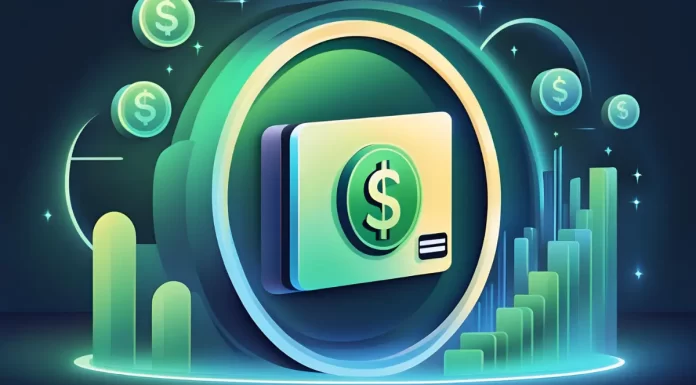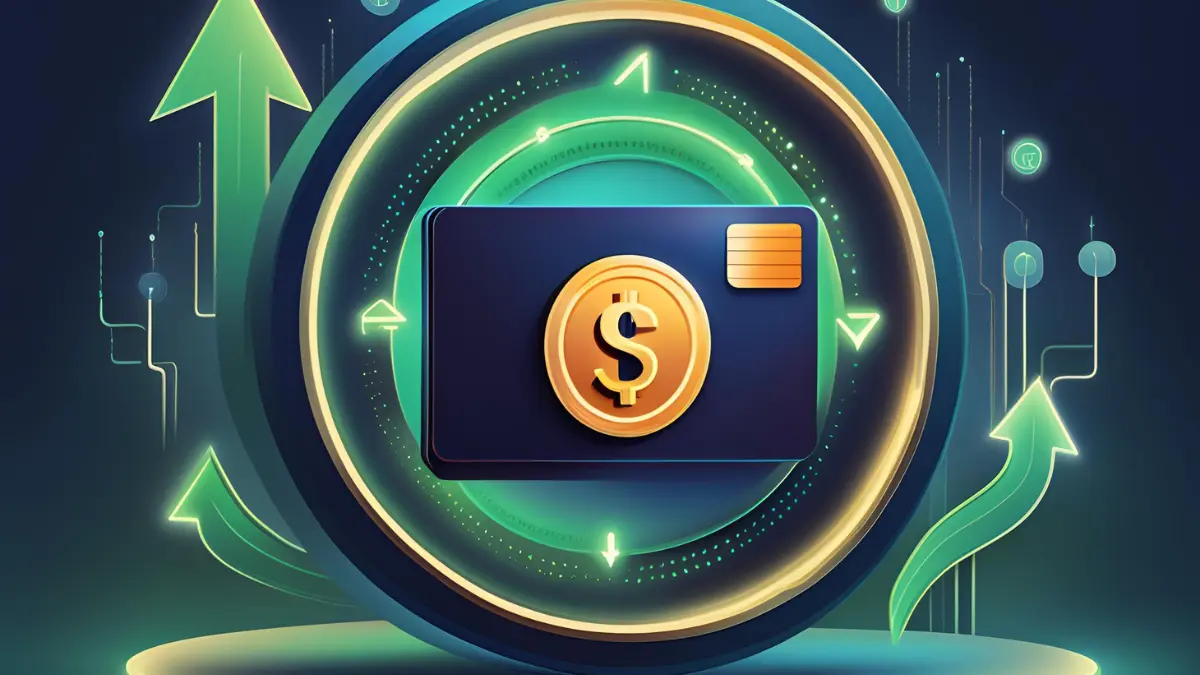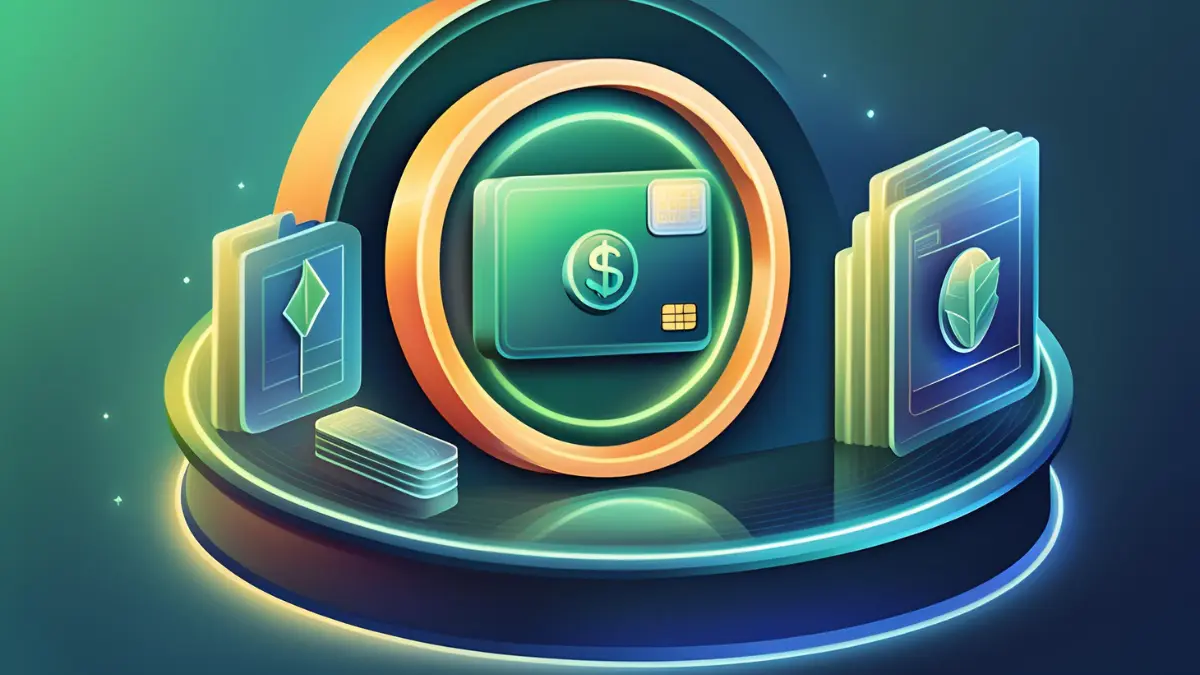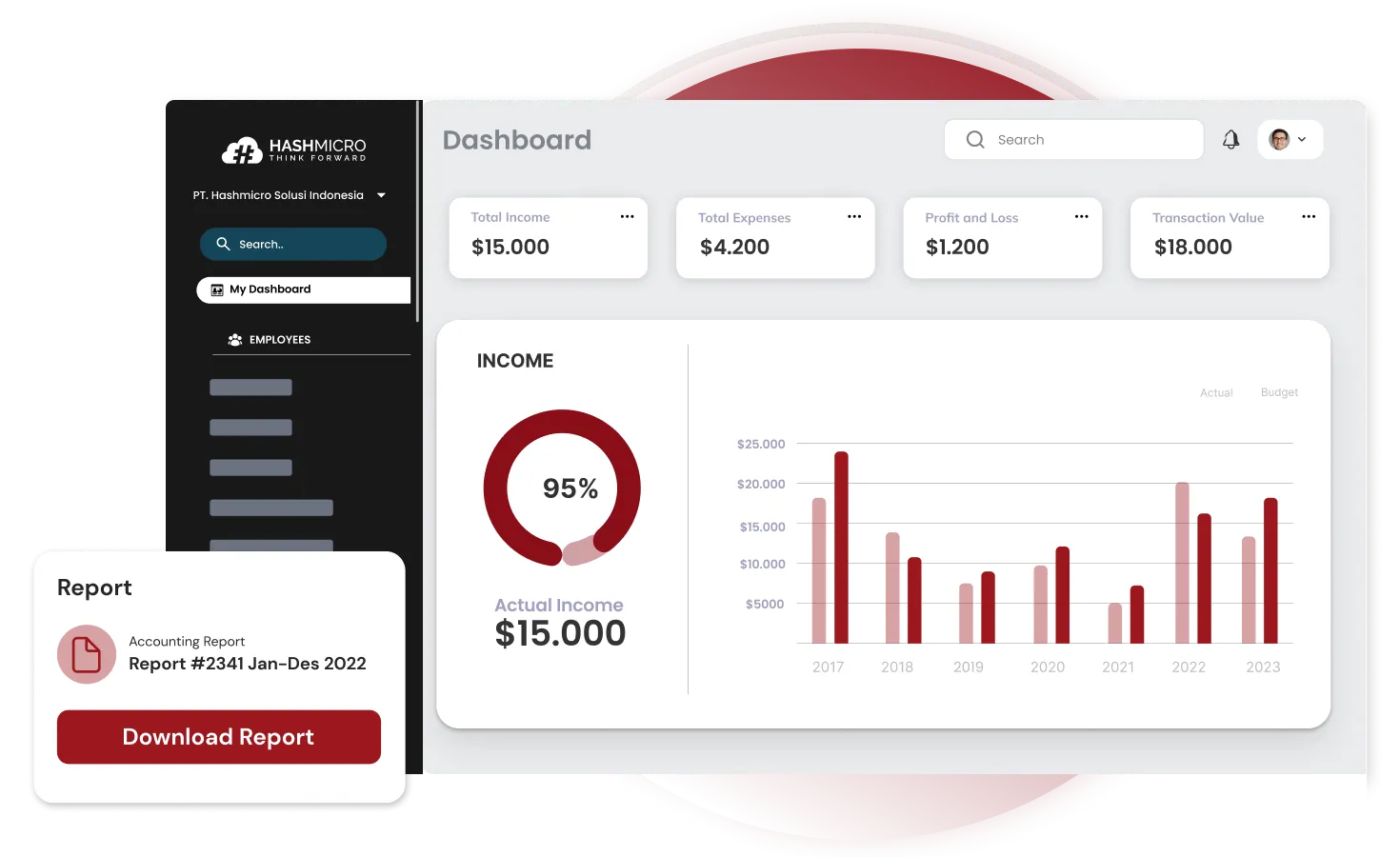In today’s fast-paced business landscape, understanding the nuances of revenue generation is crucial. Many companies fear losing customers due to complicated billing processes. What is recurring billing, and how can it help your business retain clients while ensuring steady income?
Recurring billing is a payment model in which customers are regularly charged for services or products. This method simplifies transactions and builds a predictable revenue stream, which is essential for effective financial planning.
In this article, we will explore recurring billing meaning, the different types available, its advantages, and the challenges you may face in implementation.
Magbibigay kami ng mga rekomendasyon para baguhin ang iyong diskarte sa kita.
Table of Contents
Key Takeaways
|
What is Recurring Billing?
A recurring bill represents the regular charge customers can anticipate, enhancing their overall satisfaction.
Recurring billing is an automated payment system where customers are charged regularly for ongoing services or products. This process allows businesses to collect payments without manual intervention, ensuring a seamless transaction experience.
The significance of recurring billing lies in its ability to create predictable revenue streams for businesses. This model enhances cash flow management and allows companies to forecast their financial health accurately, leading to better resource allocation.
Recurring billing also fosters customer loyalty by simplifying payment processes. Customers appreciate the convenience of automatic charges, and using a recurring invoice makes tracking their payments easy.
Meanwhile, businesses benefit from reliable revenue collection, reinforcing the long-term commitment between customers and service providers.
To fully understand recurring billing, we must also grasp recurring charges meaning. This term refers to the automatic billing that occurs at set intervals for products or services that customers use regularly. These predetermined charges allow smooth transactions and uninterrupted access to services.
For reliable invoicing software Philippines, HashMicro is here for you. Discover the benefits and features our product. Makipag-ugnayan sa amin ngayon!
What are the Types of Recurring Billing?
Recurring billing models come in two main types: fixed and variable. Fixed recurring billing offers consistent charges at regular intervals, ideal for subscription services, while variable recurring billing fluctuates based on usage, often seen in utilities and tiered services.
1. Fixed recurring billing
Fixed recurring billing is a model where customers are charged a consistent amount at regular intervals, such as monthly or annually. This type of billing is commonly used in subscription services like streaming platforms, gym memberships, or software subscriptions.
The predictability of fixed payments makes budgeting easier for customers and businesses alike. Companies can enhance customer loyalty by establishing a clear payment schedule, as users become accustomed to the recurring cost.
From a business perspective, fixed recurring billing provides a reliable revenue stream. This predictability allows companies to forecast cash flow and plan for future growth more effectively.
Additionally, it reduces administrative overhead since billing cycles and amounts remain consistent, minimizing the likelihood of billing errors.
2. Variable recurring billing
Variable recurring billing, on the other hand, involves charges that can fluctuate based on usage or other factors. This model is often seen in utility services, telecommunications, or platforms offering tiered services based on consumption levels.
For customers, this means they can benefit from potentially lower charges in low-usage periods, aligning costs more closely with actual consumption. However, this variability can lead to budgeting challenges, as customers may face unexpected bill spikes.
From a business standpoint, variable recurring billing allows for more tailored pricing structures that can appeal to a broader audience. Companies can adjust their fees based on customer behavior or market conditions, which can help maximize revenue potential while managing the nuances of recurring bills.
What are the Advantages of Recurring Billing?
Recurring billing can benefit businesses and customers, making it an appealing model for many industries. Here are some of the key advantages:
1. Predictable cash flow
Recurring billing provides businesses with a consistent revenue stream, allowing them to forecast income more accurately. This predictability aids in budgeting and financial planning, ensuring that companies can manage expenses effectively without the uncertainty of variable income streams.
2. Customer convenience and retention
Recurring billing simplifies customer payments by requiring them to enter their payment information only once, eliminating the need for manual payments each cycle. This “set it and forget it” approach saves time and reduces late payment risks.
Additionally, the ease of automatic renewals enhances customer loyalty, as customers are less likely to cancel convenient services, leading to higher retention rates. Retaining existing customers is often more cost-effective than acquiring new ones.
3. Reduced administrative costs
Automating the billing process minimizes manual tasks related to invoicing and payment collection. Businesses can allocate resources more efficiently, focusing on growth rather than administrative follow-ups for overdue payments. Additionally, this automation reduces the likelihood of human errors in billing, further streamlining operations.
4. Enhanced payment security
Recurring billing systems often have robust security measures to protect customer payment information. This can enhance trust between customers and businesses, as customers feel safer knowing their data is handled securely.
5. Flexibility in service management
Many recurring billing systems allow for easy adjustments in service levels or pricing plans. Businesses can accommodate upgrades or downgrades in customer subscriptions seamlessly, ensuring a smooth customer experience even when changes are necessary.
What are the Challenges of Recurring Billing?
Recurring billing offers convenience for businesses and customers, but it also presents several challenges that must be managed effectively. Here are some key issues to consider:
1. Payment failures
Payment failures are common in recurring billing, often due to expired cards or insufficient funds. If not resolved quickly, these failures can lead to service interruptions, frustrating customers and impacting their satisfaction. Effective dunning management is essential to retry payments and keep customers informed.
2. Customer churn
The ease of canceling subscriptions can lead to higher churn rates. Customers may feel they lack control over their finances with automatic deductions, prompting them to opt for manual payment methods or discontinue services altogether if unsatisfied.
3. Billing errors
Errors in billing can result in overcharges or undercharges, which can frustrate customers and complicate the refund process. Correcting these mistakes can be time-consuming and may damage customer trust.
4. Lack of transparency
Customers may be unaware of their charges, especially if they forget about subscriptions. This lack of clarity can lead to disputes and dissatisfaction when customers realize they are being charged for services they no longer use.
5. Administrative burden
Managing recurring billing requires robust systems to handle various billing cycles, payment methods, and customer accounts. This complexity can increase administrative workloads, particularly if businesses rely on outdated or manual processes.
Simplify Your Billing Process with HashMicro’s Invoicing Software
Implementing a billing system can provide your business with reliable and predictable revenue streams. HashMicro streamlines subscription management, minimizing customer churn and enhancing retention. This allows you to concentrate on growth while maintaining consistent cash flow.
HashMicro’s billing system boosts operational efficiency and elevates customer satisfaction. With various payment options, customers can select plans that best fit their needs, simplifying subscription management and fostering brand loyalty.
Additionally, our invoicing system is integrated with IRAS, ensuring compliance with the applicable government regulations in the Philippines.
Features:
- Invoice Generation: Create customized invoices for each client and easily print them as PDFs or send them directly via email.
- Tax & Discount Management: Automatically calculate taxes and discounts for specific invoices, simplifying the billing process.
- Online Payment Management: Allow customers to make payments through an online gateway and provide receipts through the same platform.
- Credit Limit Management: Set individual credit limits for each client based on your pricing structure.
- Invoice Approval & Validation: Streamline the approval process for invoices with special pricing or discounts.
- Real-Time Invoice Reporting: Monitor the status of your invoices and quickly identify unpaid ones to gain a comprehensive view of your total income.
Sa HashMicro, pahusayin ang iyong pamamahala sa pagsingil para sa mas matalino, mas mahusay na mga operasyon.

Conclusion
Recurring billing can significantly transform your business model by providing stable and predictable revenue streams. It enhances customer retention, reduces churn, and fosters long-term client relationships. Businesses can focus on growth and improving customer experiences by automating billing processes.
To harness the full potential of recurring billing, consider HashMicro’s billing solutions. Our platform simplifies subscription management, offering flexible payment options that cater to your customers’ needs. With features like automated invoicing, tax management, and real-time reporting,
HashMicro empowers your business to streamline operations and boost customer satisfaction. Discover how we can help you transform your billing process today!
Mag-sign up para sa aming libreng demo ngayon at i-unlock ang potensyal ng aming makapangyarihang mga solusyon!

FAQ
-
-
What is recurring billing?
Recurring billing is a payment method automatically charging customers regularly for ongoing products or services, such as subscriptions.
-
How does recurring billing work?
Recurring billing involves storing a customer’s payment information and scheduling automatic charges at predefined intervals (e.g., weekly or monthly).
-
What is the difference between recurring billing and invoicing?
Recurring billing automatically processes payments at set intervals, while invoicing requires the seller to manually send a bill to the customer, who must then make a payment.
-


























